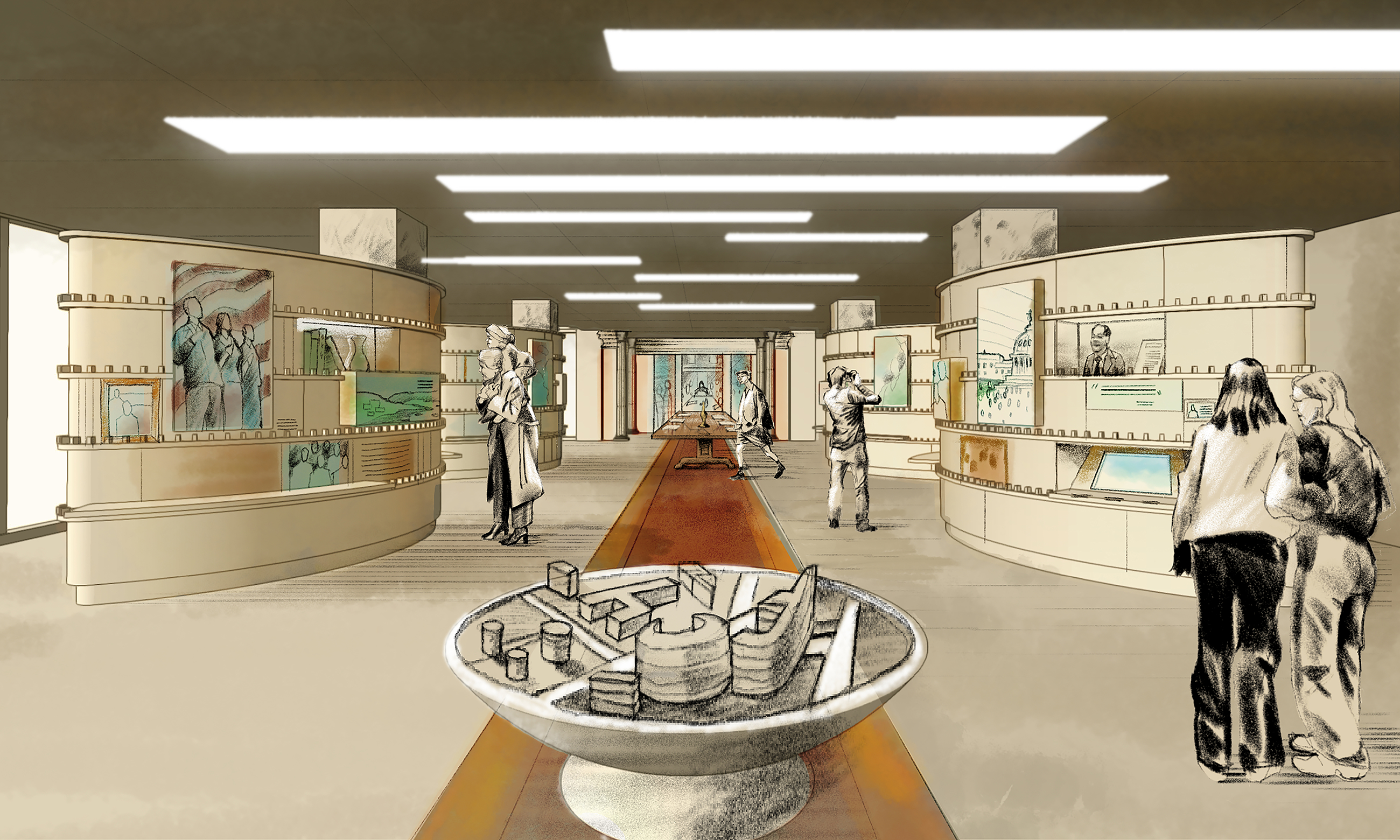Earlier this week, a fugitive escaped police custody while at George Washington University Hospital, leading to a major (and still ongoing) manhunt. It’s hardly the first time a prisoner has managed to get free. We dug up a few examples from the annals of DC-area history.
The Slipperiest Thief in 1930’s DC
If you’re going to steal a car (and you shouldn’t!), it’s probably not wise to begin your auto-theft career in the parking lot by the District Jail. You might just steal the captain of the guards’ car and make an enemy for life. That’s what happened when James H. Harley—who was in his early 20s at the time—stole Captain Arthur Knight’s car in the early 1930s. He was arrested for the theft, but DC police would soon learn that what Harley may have lacked in common sense, he made up for in creative escapes. In summer of 1932, Harley escaped from the Lorton Reformatory (then known as Occoquan) and enjoyed his freedom for the better part of a year before he was found in Maryland and placed in a local jail for holding.
Not two hours later, he was back on the run again. Two days after his Maryland escape, cops tracked him to a house in Southeast DC and surrounded the perimeter, but Harley jumped from a second story window and eluded them. A week later, they had tracked him to another house but apparently did not learn any lessons from their previous encounter, and they lost Harley when he once again jumped from a second story window. Finally he was cornered in an alley in Northeast and, without any windows to launch himself through, was caught and arrested. Harley’s incarceration lasted a few months before his next attempt. While riding in a van, he slipped out of his handcuffs, and when the vehicle arrived back at the jail, he sprinted off into the night.
After being recaptured and spending a few months in District Jail, Harley decided it was high time for another escape. Climbing atop a locker, the young man smashed the building’s skylight, squeezed through the tight opening, and climbed onto the building’s roof. Though certainly no stranger to jumping from tall buildings, this time he had another plan and, in classic prison-escape fashion, tied an 80-foot rope made out of bed sheets to the roof and climbed down to the ground. Quickly noticing his absence, two guards rushed outside and fired four shots at him, but Harley had vanished once again.
As long as cops kept locking him up, Harley kept escaping. His most out-of-the-box attempt came the following month, while he was staying at the 12th Precinct. When the guard on duty left the room to fetch Harley some gum, the prisoner got to work ripping a toilet fixture from a steel wall in his cell. This led him to a passageway behind the cell block, from which he climbed atop the cells, out of sight. When the guard returned with gum, Harley dropped from the ceiling to the floor and took off yet again. He was once again apprehended.
A new law was passed in 1934 which made it a felony to escape from a District penal institution while serving a prison term. The first person charged with the new law? James H. Harley.
Youth in Revolt
Arthur Sweetney had escaped from detention centers seven times before, so when the 17-year-old got away in 1954, it shouldn’t have come as a big surprise. While locked up at the courthouse awaiting a hearing for destruction of property, Sweetney began to chat with his 44-year-old cellmate, Ernest Pope. When Pope explained that he was going to get his assault charge dismissed that day, the teenager began to hatch a plan. “You’re going to be freed anyway,” Sweetney purportedly told Pope (according to an article in the Evening Star). “Let me take your place when your name is called in court and we’ll both go free.” Sure enough, when the judge called Pope’s name, a much younger man came to the bench to have his case dismissed, and apparently no one noticed. And just like that, Sweetney exited the courtroom, marking his eighth time evading the law.
With Friends Like These…
It was a Friday night in the summer of 1956, and James F. Murphy’s friends wanted to party with him. The only problem? He was in jail (what led to his arrest doesn’t seem to have been reported). So the three pals scrounged up $200 and drove to the jail in North Beach, Maryland, hoping to bail Murphy out. When they got there, nobody was available to accept their money, according to a newspaper account at the time. So they “borrowed” some tire irons from a nearby garage, and when the jail guards took lunch, the friends bent the bars of Murphy’s cell and freed him.
Murphy returned to DC, where he lived, but his jailbreak didn’t last long. Cops caught up with him after he—for truly mysterious reasons that were never really explained—brought his current girlfriend over to the house of his ex-girlfriend, then left her there and went out with his friends. The ex, unsurprisingly annoyed by the situation, made an anonymous tip to the police. When Murphy and co. returned to the house later on, police were waiting to haul Murphy back to jail.



















